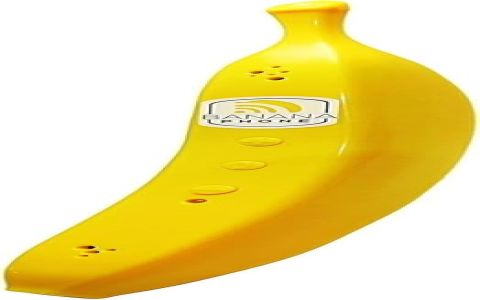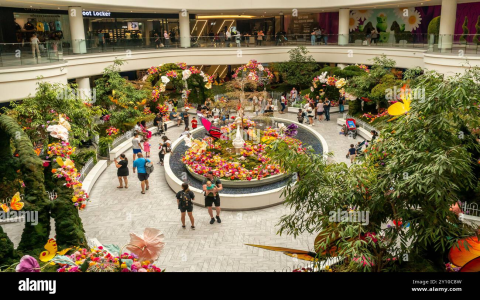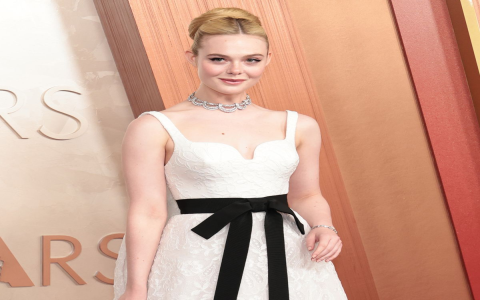Alright let’s get this down. Wanted to sort out this whole model picking thing for that new Banana Republic guide thingummy. Heard they were aiming for something ‘smart’, but honestly, the brief was kinda vague. Just ‘help customers find clothes better’. Okay, then.

The Starting Mess
First thought? Slap some ‘AI’ on it. Everyone’s doing it, right? Figured I’d just grab whatever fancy alphabet soup model people are yelling about on tech Twitter. Started poking around:
- Looked at a bunch of ‘popular’ model names floating around – utter gibberish to me.
- Tried reading some articles explaining them. Eyes glazed over faster than a donut.
- Watched videos. Mostly dudes talking way too fast with confusing diagrams.
Realized this was pointless. Needed to figure out what this ‘Smart Guide’ actually needed to do. Like, actually do. Not buzzwords.
Going Back to Basics (And Coffee)
Ditched the hype. Grabbed a huge mug of coffee. Went back to Banana Republic’s site and tried using it like a clueless customer looking for an outfit for some kinda awkward party.
Clicked everywhere. Got lost.
- The filter nightmare: Filters sucked. ‘Style – Modern’? What does that even mean? Is my idea of modern the same as theirs?
- The search disaster: Typed in ‘work to dinner dress’. Got cocktail dresses, office skirts, and weirdly, sometimes pajamas.
- The “you might like” wasteland: Saw a shirt I liked. The suggestions below? Completely different vibe. Like it was picked randomly.
The real problem slapped me in the face: It wasn’t about finding the ‘smartest’ model. It was about understanding the damn customer. What were they picturing?
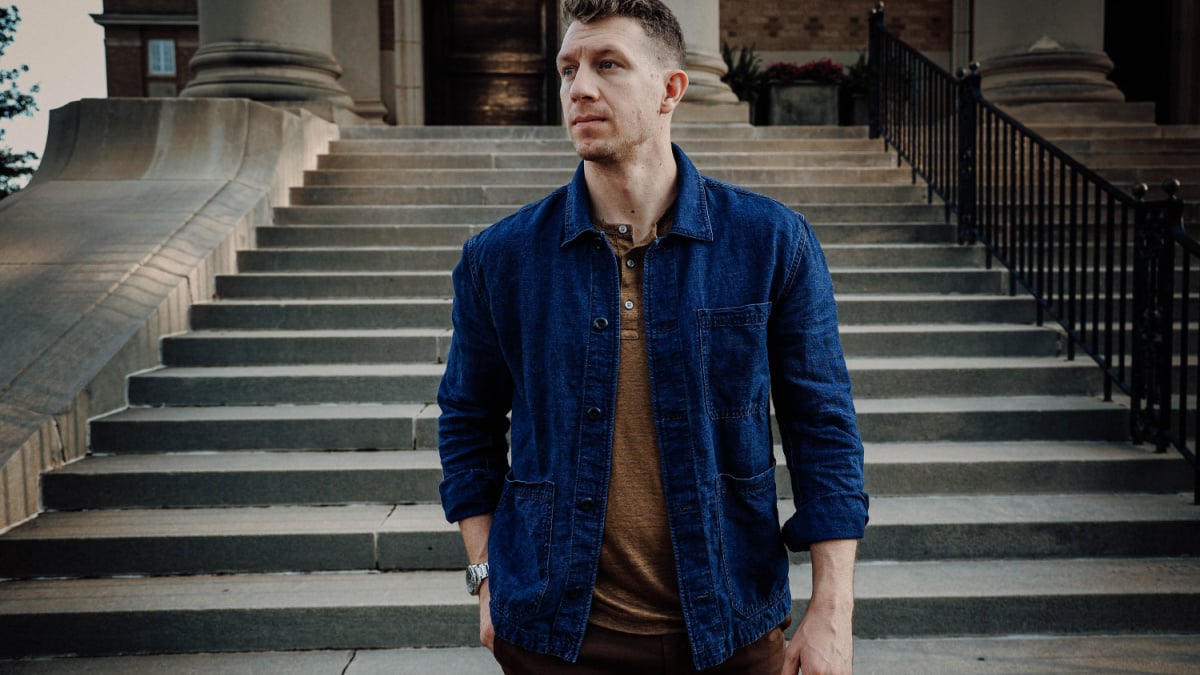
Forget Fancy, Think Function
Decided to break down the actual jobs this smart guide needed:
- Job 1: Understand messy, real people questions like “dress for my cousin’s brewery wedding in October” without needing a PhD in fashion terminology.
- Job 2: Figure out why someone likes something. This shirt? Maybe it’s the collar, the color, the fit? The site didn’t seem to connect those dots.
- Job 3: Actually combine stuff well. Like ‘this shirt actually goes with that skirt you looked at earlier, dummy’.
Suddenly, model picking felt different. It wasn’t about grabbing the shiniest tech; it was about finding the right tool for the actual problems.
Trial and (Mostly) Error
Okay, armed with the actual jobs, I went model hunting again:
- Tried out one model supposedly great for text stuff. Fed it messy searches. It kinda worked, but the suggestions felt generic.
- Looked at another one famous for finding similar items. Played around: clicked a shirt, asked for similar. Got other shirts… mostly the same color? Missed the point. Maybe I liked the pattern, not the color!
- Found a model focused on understanding parts of items. This felt closer to Job 2. Maybe it could pick up someone digging a specific sleeve style?
Huge mess trying to make them work together smoothly. Felt like trying to herd cats. No single model did everything.
The “Aha-ish” Moment (Sorta)
Finally realized Banana Republic probably isn’t building this from scratch. Duh. They’ll likely use some platform offering pre-built options. My job wasn’t to pick the exact model, but to define what that platform needs to handle.
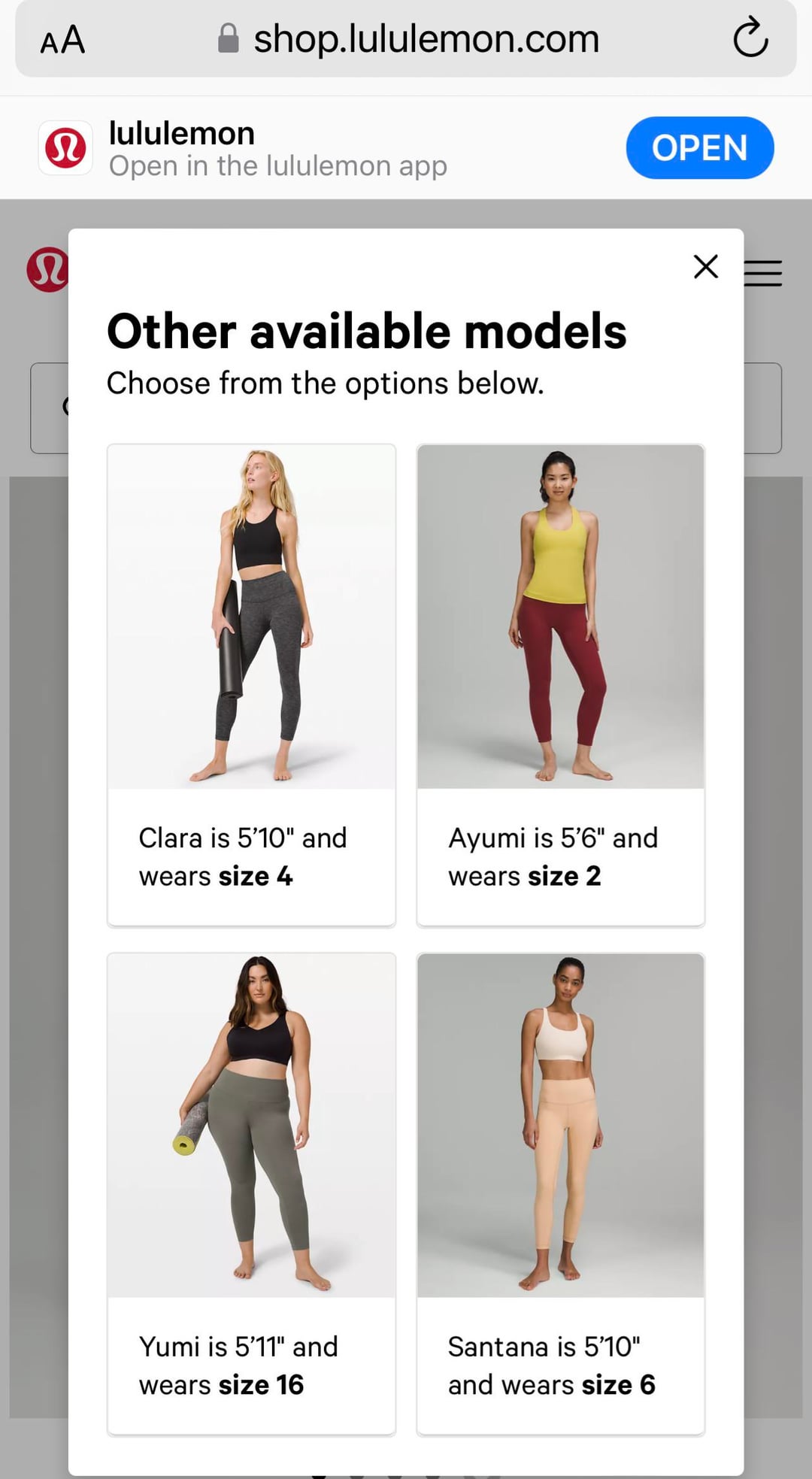
Took my painful experience and boiled it down for them:
- Forget tech jargon, focus on fixing the real user pain points I found crawling through the site.
- Force the model (or models) to understand context: Season? Event? Previous likes?
- Make similarity about meaning, not just pixels: Someone clicks something because of its silhouette? Its material? Its vibe? Not just because it’s also blue!
- Prioritize explaining suggestions: Show why something is being suggested. “Like the relaxed fit of that shirt? Try these.” Otherwise, it feels random.
And honestly? The biggest lesson wasn’t about AI models at all. It was sitting down and forcing myself to be the confused customer they were trying to help. The tech is just a tool. Get the customer part wrong, and the fanciest model in the world won’t save you. It’ll just be expensive confusion.
